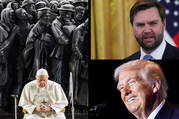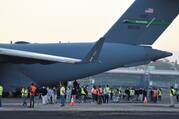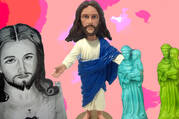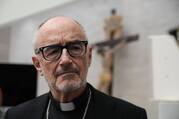Loading...
Click here if you don’t see subscription options
Click here if you don’t see subscription options

Politics & SocietyOf Many Things
Pope Francis’s letter poses an implicit question to the whole church in the United States: Will we subject our political debates on immigration to the scrutiny of the Gospel or not?

FaithThe Good Word
A Homily for the Sixth Sunday in Ordinary Time, by Terrance Klein

FaithNews
Archbishop Broglio, president of the U.S. Conference of Catholic Bishops, thanked Pope Francis and said the bishops join the pontiff in prayer that “families suffering from the sudden withdrawal of aid may find the strength to endure.”

Politics & SocietyFaith in Focus
When I worked for U.S.A.I.D., I was not a churchgoer, but the moral vision was clear: We Americans, in our affluence, must reach out to those in need with generosity.

Politics & SocietyShort Take
President Trump has nominated Lori Chavez-DeRemer, a former congresswoman backed by unions, as secretary of labor. Is it a sign of an improved relationship between labor and the G.O.P. ?

Politics & SocietyVatican Dispatch
The letter also stated that Francis disagrees with identifying the illegal status of migrants with criminality, and called on the bishops “to walk together” and defend the human dignity of the migrants in their country.

Politics & SocietyShort Take
I cannot defend every entity that receives funding from U.S.A.I.D. I cannot even speak on behalf of C.R.S. But I can tell you what I saw when I traveled overseas to report on their work.

FaithFeatures
From glow-in-the-dark rosary beads to St. Christopher dashboard statues and Pope Francis bobbleheads, a tribute to the complicated life of Catholic kitsch

FaithNews
Cardinal Michael Czerny, Pope Francis’ point-man on migration and development, has urged the U.S. administration of President Donald Trump to remember Christian principles about caring for others.

Politics & SocietyNews
Executive orders recently signed by Trump "are causing confusion both within various agencies and with those who interact with them."
